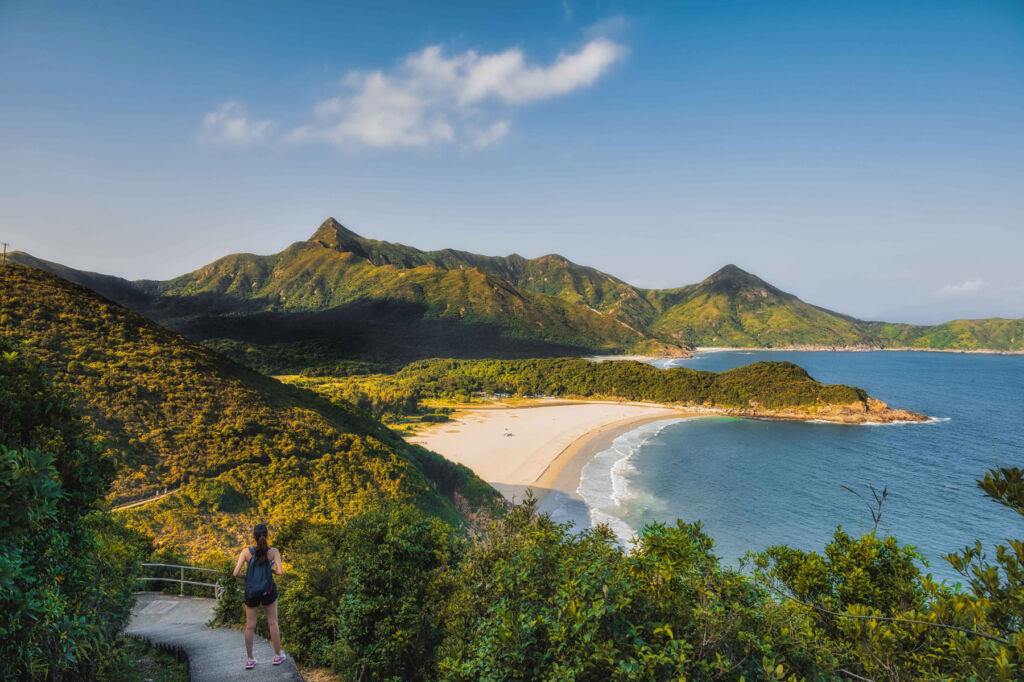
Just a stone’s throw away from the bustling city centre, Hong Kong’s great outdoors offers a kaleidoscope of adventure. From visiting the Thousand Island Lake to hiking above the clouds at Tai Mo Shan and island-hopping across Hong Kong’s 263 islands, there are many popular and unexpected gems to discover in Hong Kong’s great outdoors.
When one conjures images of Hong Kong, the first things that will spring to mind are densely populated residential areas and towering skyscrapers dominating the skyline. If one were asked about its natural features and wide-open spaces, many would struggle to think beyond its world-famous harbour or record-setting bridge.
![]()
However, as correct built-up urban areas, bridges, and skyscrapers are, this doesn’t truly reflect what the region has to offer. Hong Kong has some quite beautiful open spaces, and in this feature, we will be shining the spotlight on some of them.
Tai Lam Country Park
Tai Lam Country Park is Hong Kong’s second-largest country park and is renowned for its epic hiking and nature trails. Arguably the region’s most picture-perfect location during the winter months, Sweet Gum Woods, located within the park, sees the leaves on its trees burst into fiery colours of bright yellows and shades of red.
In ancient times, the paths through the woods linked rural villages; today, they lead hikers to spectacular vistas over Tai Lam Chung Reservoir, also known as Thousand Island Lake, which is flanked by lush green rolling hills. Strolling along the trails, travellers will encounter temples, stunning craggy outcrops and streams flowing down into the catchment area.
Ha Pak Nai
Nestled on the coast of the northwestern New Territories in Hong Kong, Ha Pak Nai consists of two distinct parts: Sheung Pak Nai (Upper Pak Nai) and Ha Pak Nai (Lower Pak Nai). Home to mangroves, oyster beds and rich marine life, including endangered horseshoe crabs and numerous migratory birds, the area is the ideal spot for nature lovers.
Flanked by mountains on one side and views of Deep Bay on the other, this area is known for its biodiversity and its six-kilometre coastal trail, which runs along the western, sea-facing wetland – great for hiking, jogging or gentle cycling. As the tide recedes in the evening, tourists and locals flock to the mudflats for the magnificent sunset reflected on the glistening water.
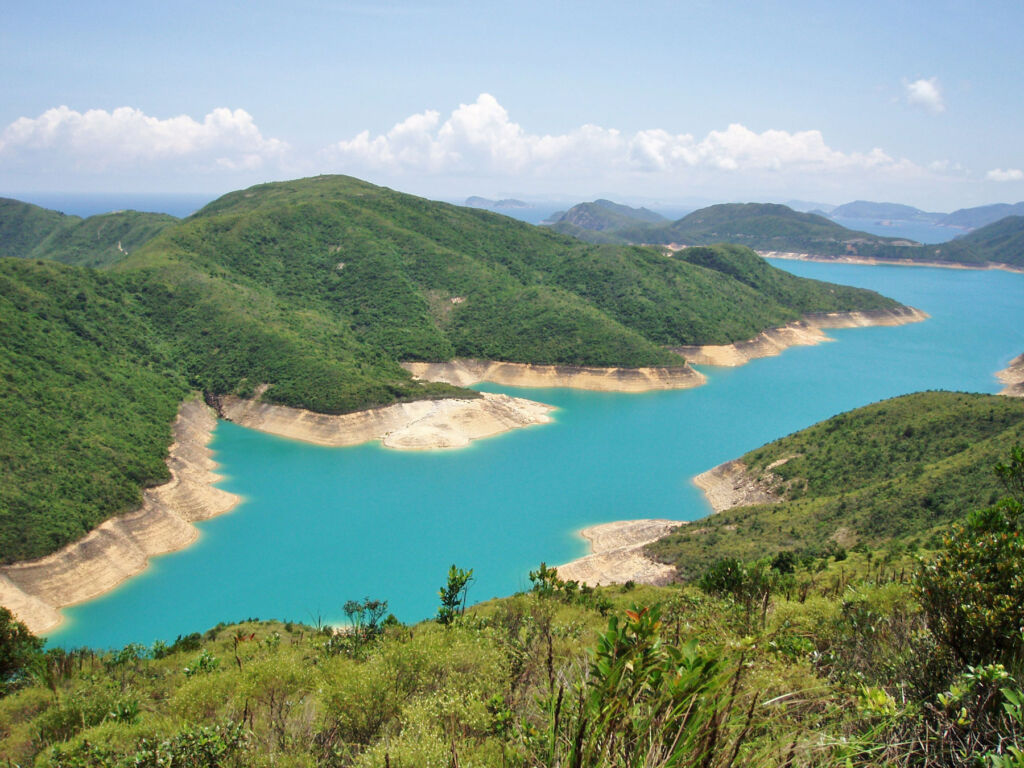
Hong Kong UNESCO Global Geopark
Located in the eastern part of Hong Kong, the Hong Kong UNESCO Global Geopark is a vast 150-square-kilometre area, home to some of the most stunning geological features in the region.
Many sites are spread out over two distinct regions: the sedimentary rock region in the northeast New Territories and the volcanic rock region in Sai Kung, which is home to unique volcanic rock columns formed by eruptions some 140 million years ago.
Here, travellers will find everything from spectacular rolling hills and country parks, uninhabited islands, white-sand beaches and a breathtaking coastline comprising towering cliffs, sea caves and arches.
Tai Mo Shan
Although Hong Kong is in the tropics, frost occasionally appears on the upper slopes of Tai Mo Shan, an extinct volcano and the highest peak in the city. This mighty mountain at the heart of the New Territories towers over all other peaks in the city for its altitude and magnitude and its noticeably cooler temperature at the top.
Travellers can observe the dramatic change from night to day on a pre-dawn hike, the ideal way to see the morning light gently unfolding over the cityscape below. Hungry hikers can then end the descent by exploring Chuen Lung Village and enjoying a delicious dim sum breakfast.
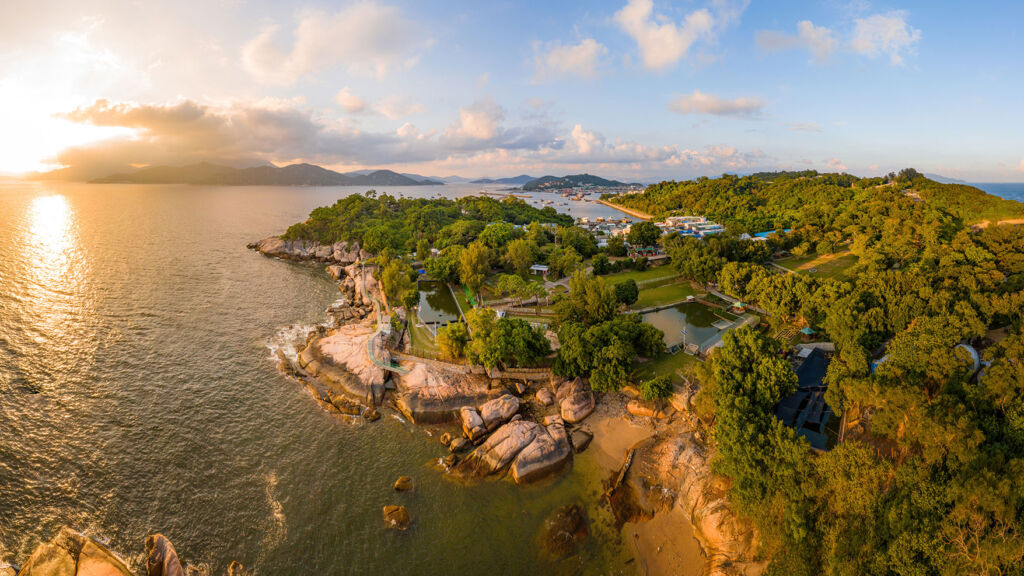
Hong Kong’s islands
Hong Kong has over 250 islands which offer a secluded break from the bustle of city life. Po Toi Island is Hong Kong’s southernmost island and is known for its unique geological formations and panoramic views of the South China Sea, whilst Cheung Chau is popular with locals for its beautiful beaches, delis and cafes.
Located in north-eastern Tai Po, Tap Mun is surrounded by grassy hills overlooking the sea and is ideal for kite-flying, stargazing and sunset watching, whilst Tung Ping Chau, known as “flat island”, comprises smooth horizontal sedimentary rock, just 48 metres above sea level at its highest point and is surrounded by calm, tranquil waters.
For more information, please visit www.discoverhongkong.com.
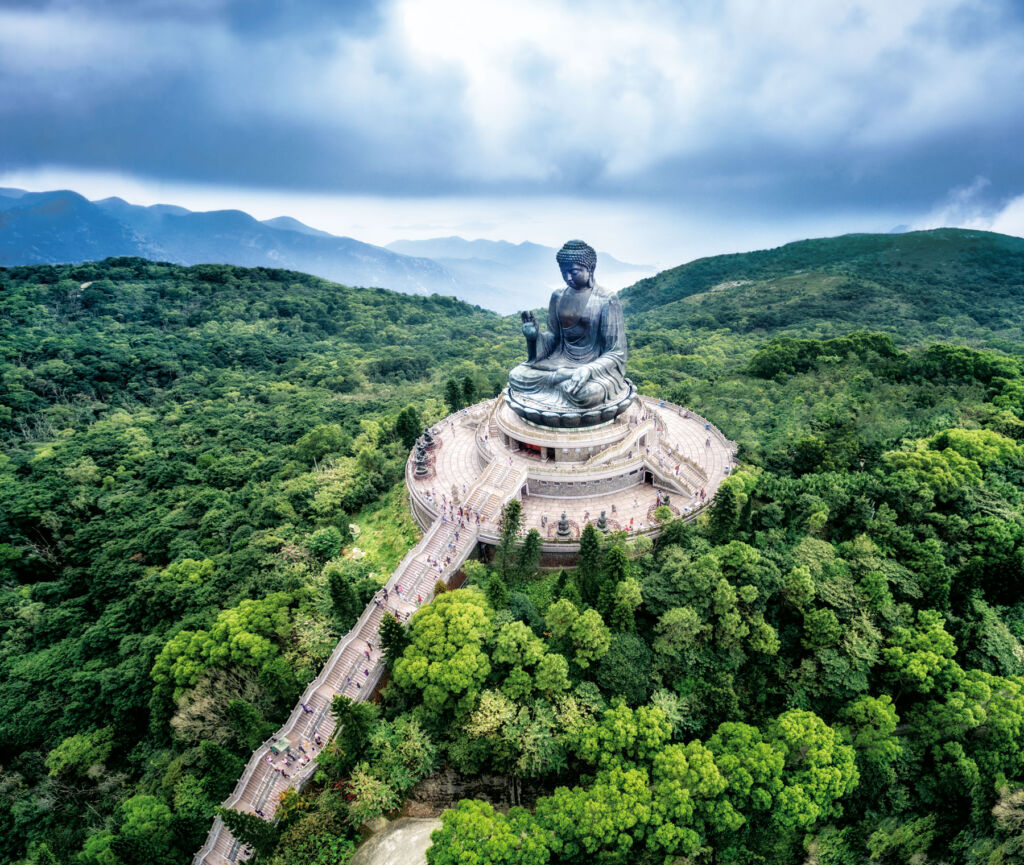
![]()

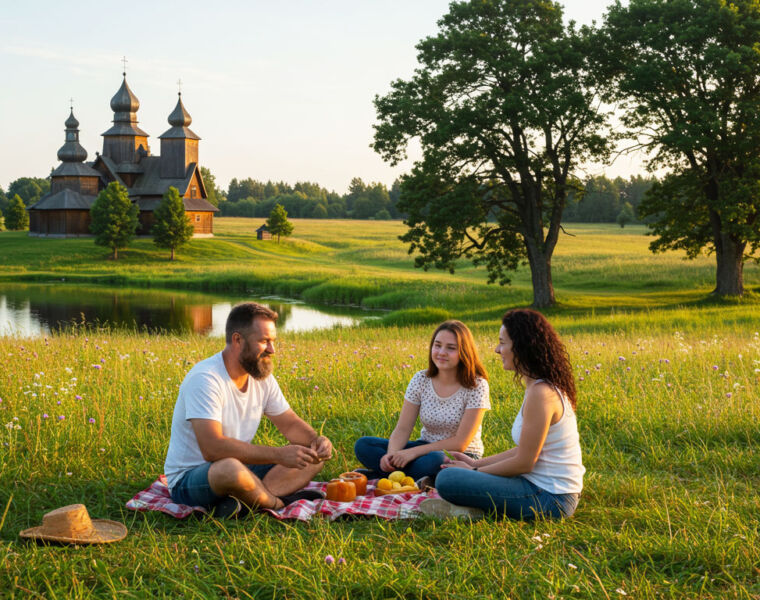


You must be logged in to post a comment.